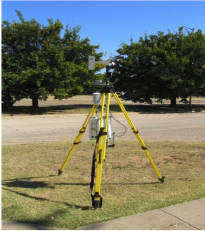 |
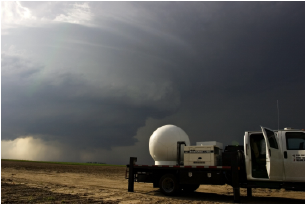 |
RESEARCH
Our research group is involved in a number of areas currently. Listed below is a sample of ongoing research.
VORTEX-(2,SE,USA)
Texas Tech has been heavily involved in the Verification of the Origin of Rotation in Tornadoes Experiment (VORTEX2 - 2009, 2010; VORTEX-SE/USA - 2016-current). During these seasons, a wealth of data was collected by a broad spectrum of radar and in situ platforms. Texas Tech, specifically, has brought two instrument platforms to the field.
 |
 |
Pictured above are (left) a StickNet probe and (right) a TTUKa radar
Current avenues of research include:
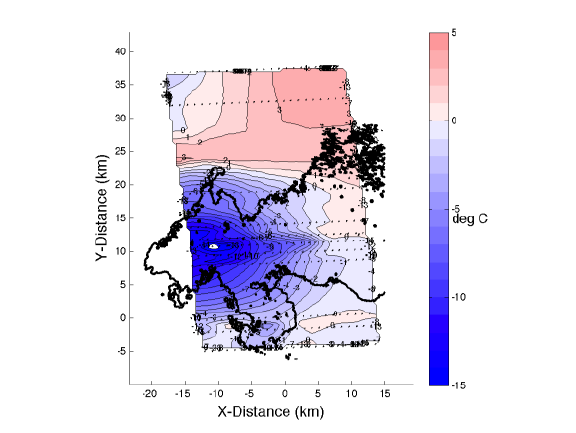 |
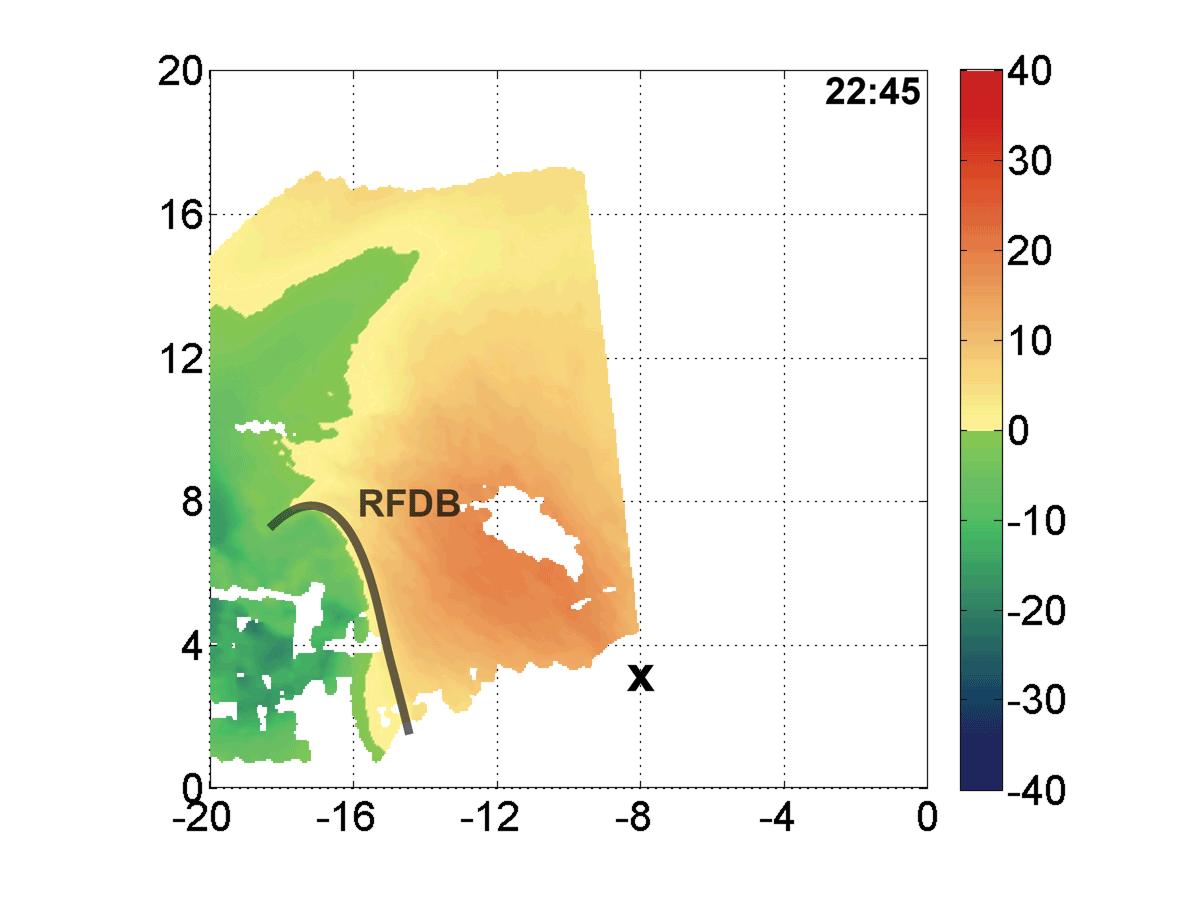 |
(left) Equivalent potential temperature perturbation analysis from StickNet data and (right) an animation of internal RFD surges observed by TTUKa dual-Doppler data during VORTEX2
Since 2016, we have been involved in a Congressionally mandated project named VORTEX-SE (now VORTEX-USA), aimed at an improved understanding of conditions leading to tornado development in the southeastern United States. We have continued this effort with the PERiLS Experiment, in 2022 and 2023!
 |
 |
 |
TORUS Project
In collaboration with the University of Colorado and the University of Nebraska-Lincoln, we have been part of the Targeted Observation by Radars and UAS of Supercells (TORUS) project in 2019, 2022 and 2023.
The overarching goal of this project is to use unmanned aircraft systems (UAS), mobile Doppler radars and surface in situ measurements to characterize thermodynamic and kinematic gradients along flanking boundaries of supercells that are believed to be relevant to the genesis and maintenance of tornadoes.
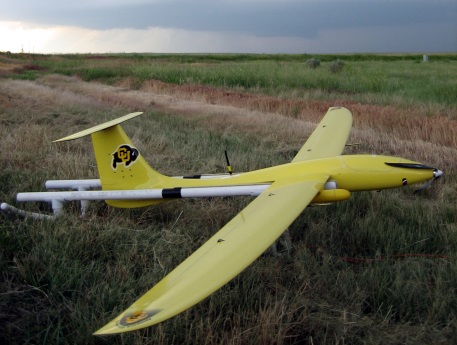 |
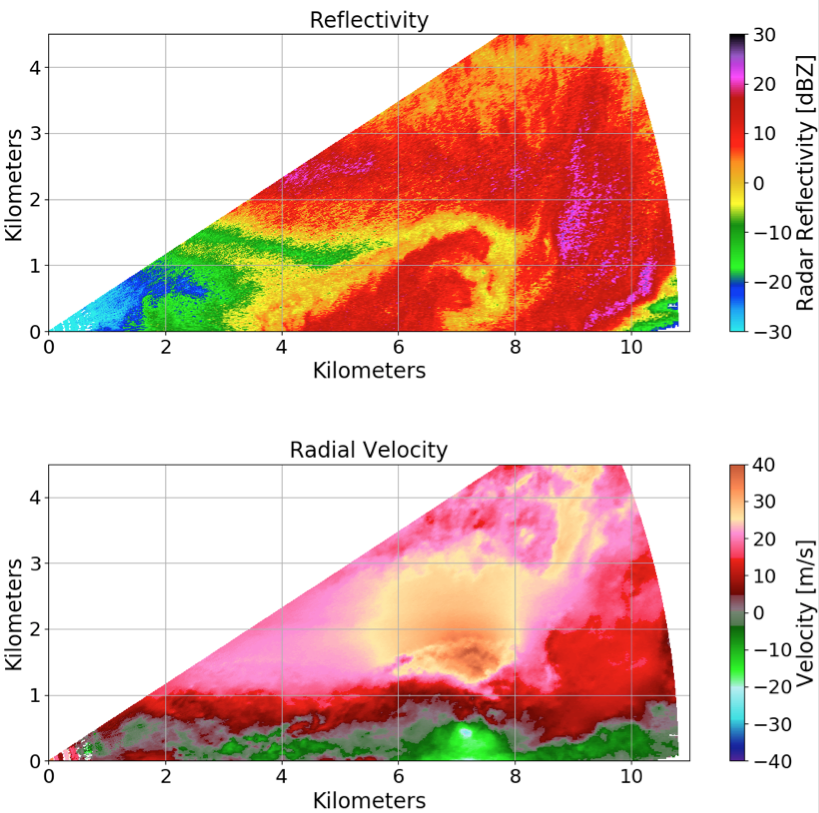 |
(left) A photograph of the University of Colorado Tempest aircraft, (right) TTUKa mobile radar (top) reflectivity and (bottom) radial velocity RHIs of a streamwise vorticity current

A numerical simulation of the streamwise vorticity current (Schueth et al. 2021)
Dryline Structure and Convection Initiation
The West Texas region outlines the climatological maximum in dryline activity. Understanding the critical role of drylines in the initiation of severe thunderstorms, we are focused on a few key areas:
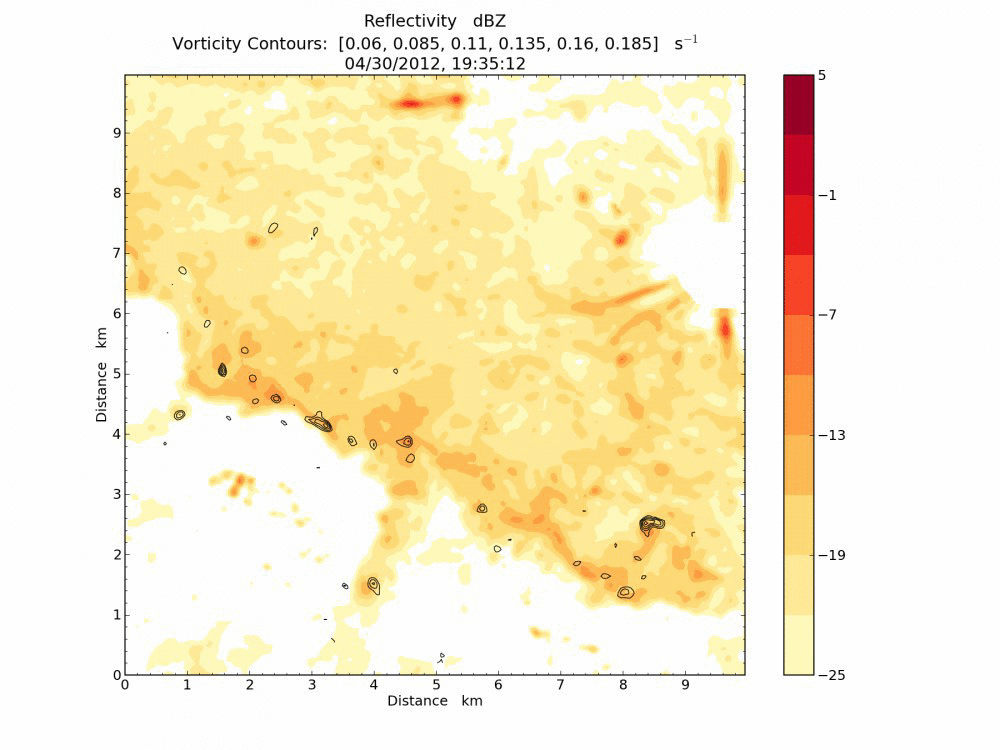 |
Animation of (shaded) reflectivity and (contoured) vertical vorticity for a series of dryline misovortices near Levelland, TX